In this tour, get to know:
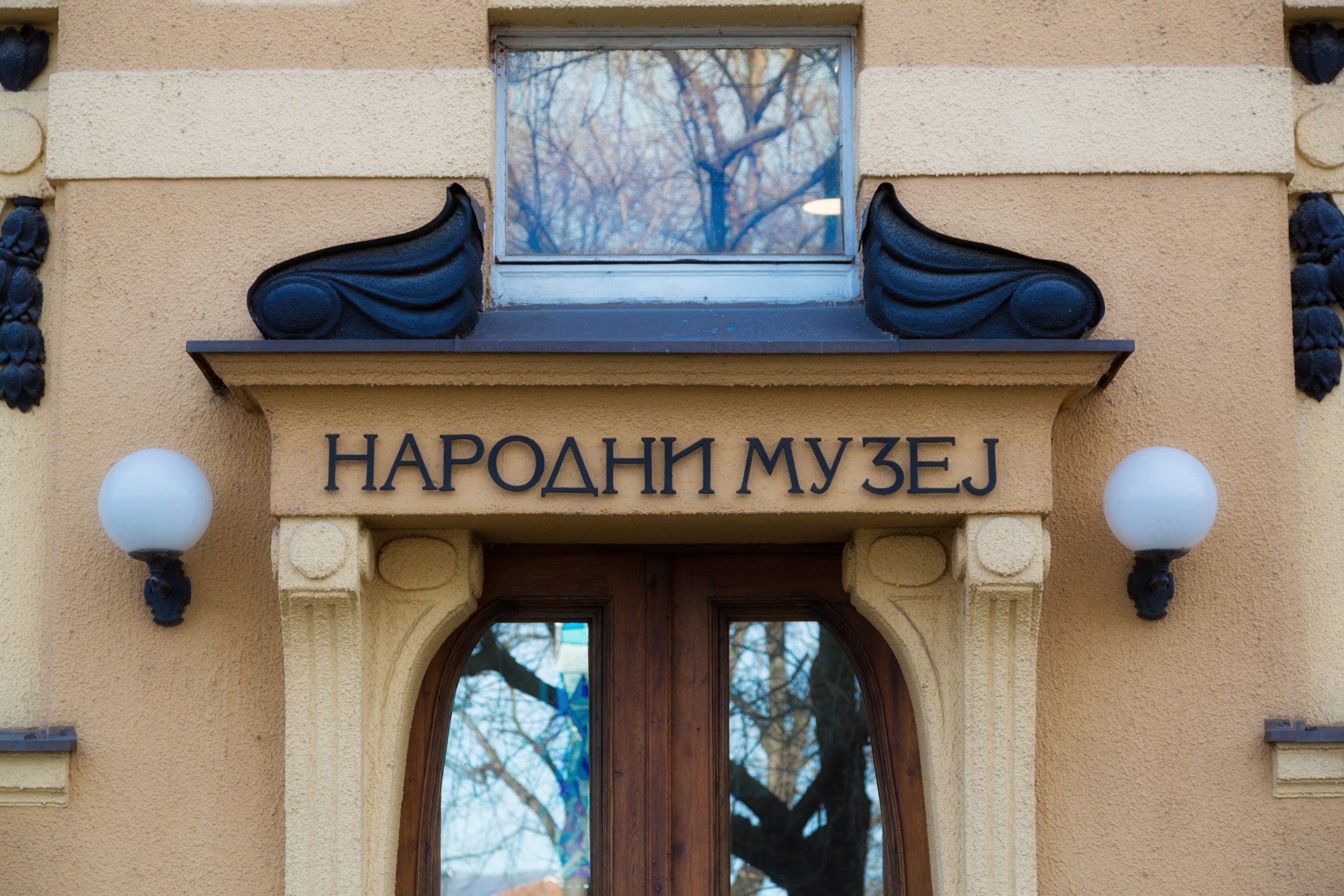

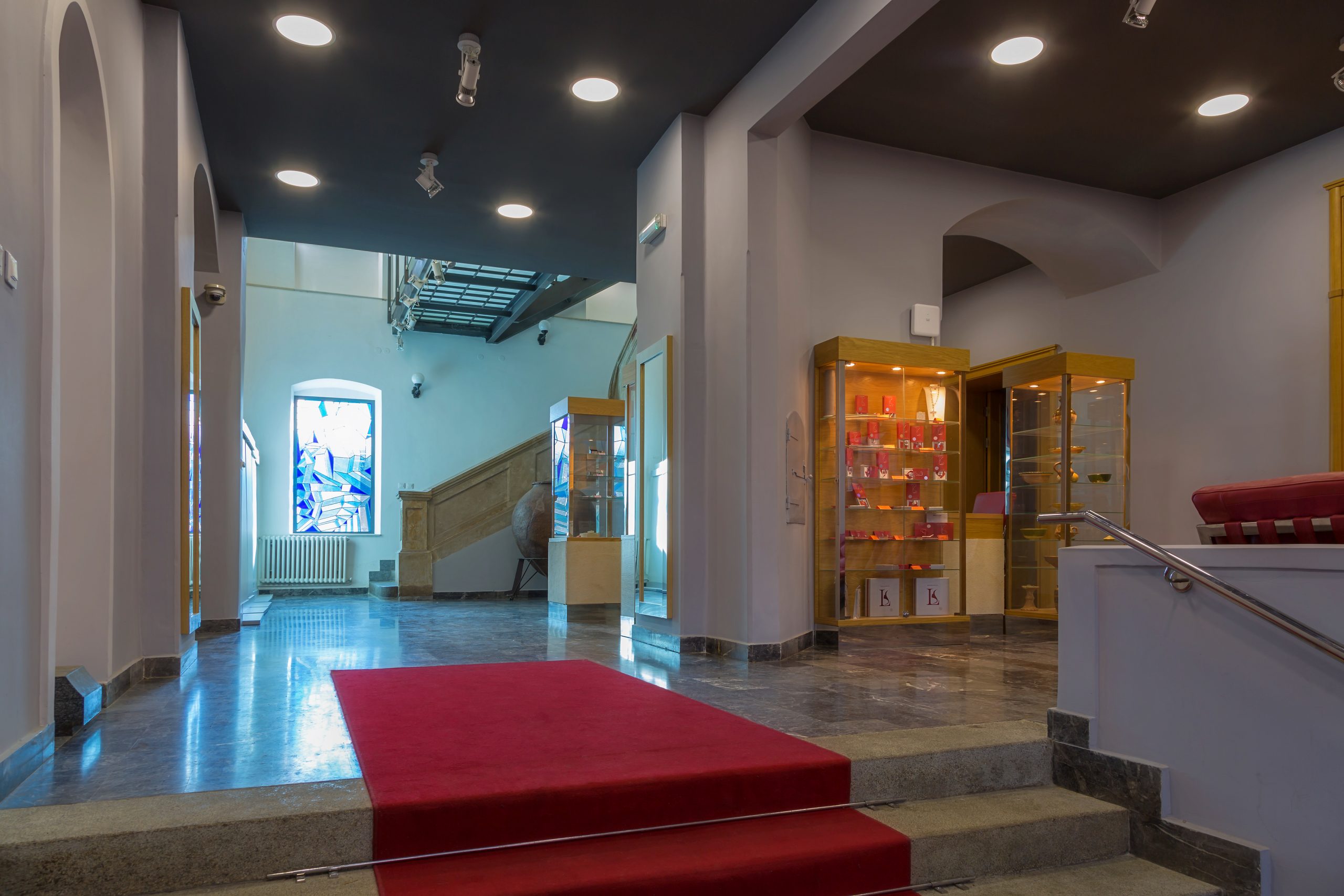
Welcome to the Museum
The National Museum of Kruševac was founded on the 19th of December 1951. It is situated within the complex of the medieval Kruševac Fortress. The permanent exhibition of the museum showcases the cultural and historical development of the region of Kruševac, from prehistory up to the mid-20th century. The museum’s...
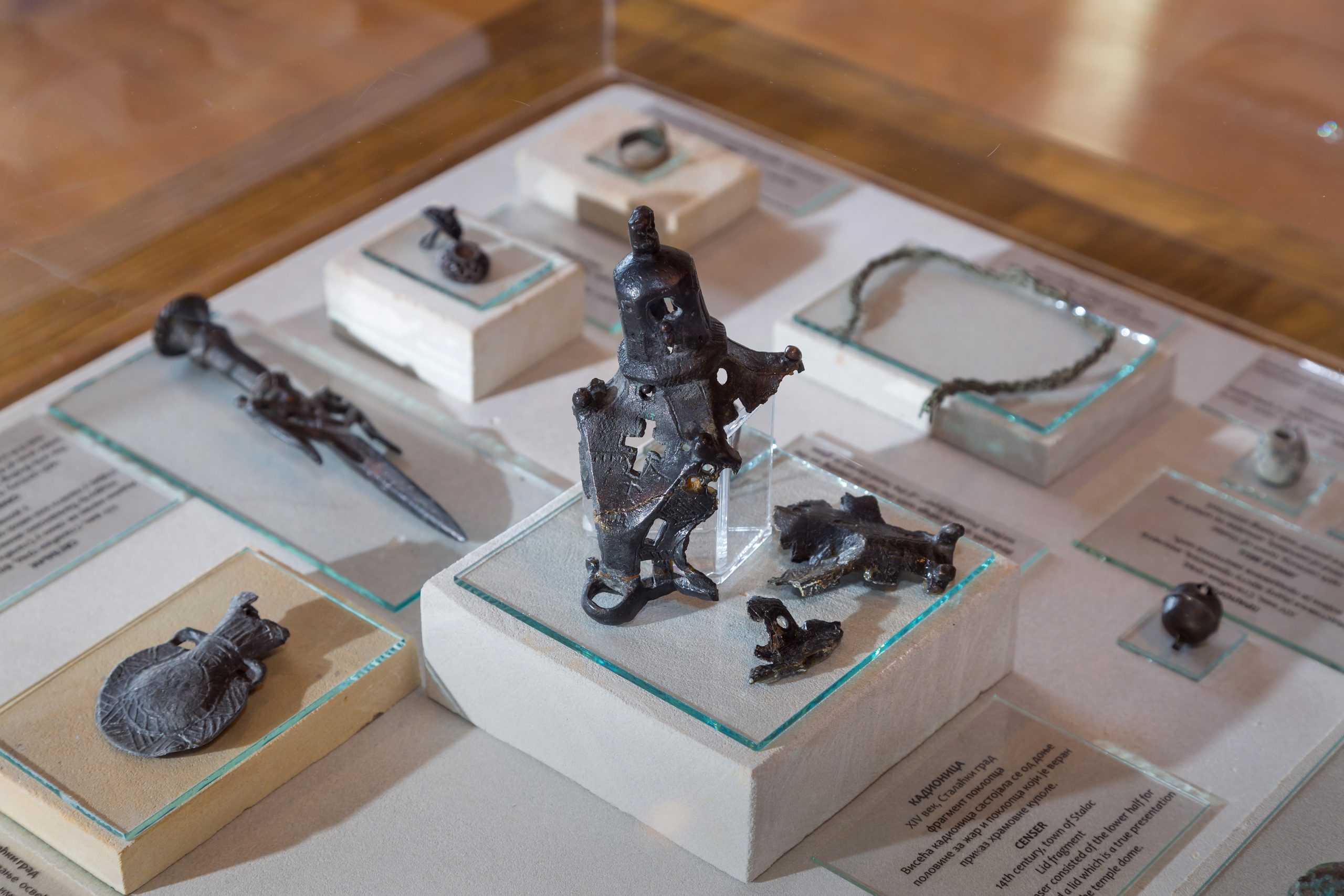
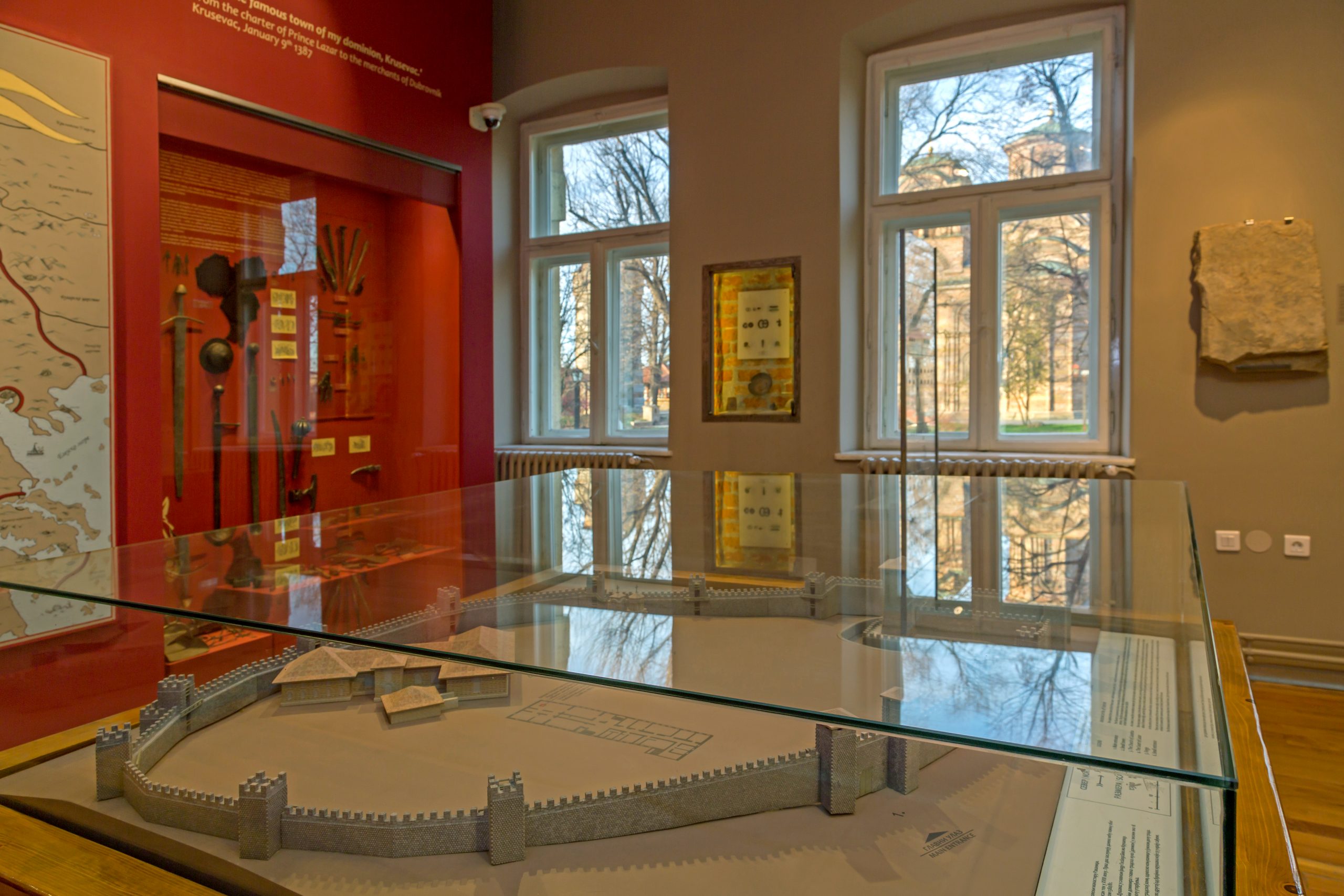
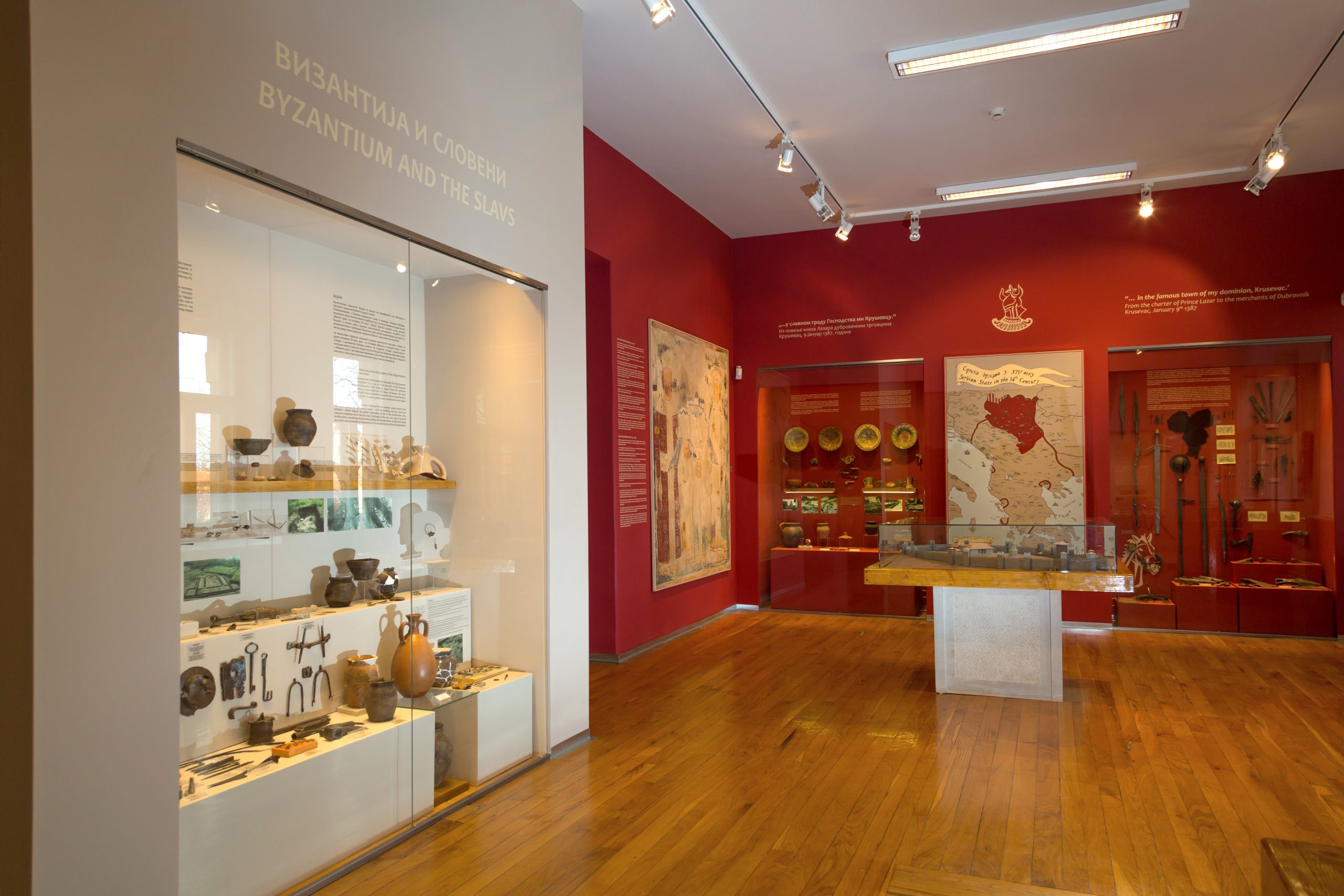
The Permanent Exhibition
The permanent exhibition of the National Museum of Kruševac spans chronologically from prehistory through the antiquity, the Middle Ages, the era of Ottoman rule, and the restoration of Serbian statehood, right up to the middle of the 20th century. The permanent exhibition is arranged across 583 m² of exhibition space...

Natural Collection
The natural collection of the National Museum of Kruševac was officially unveiled in 1997, but the collection’s first-ever artefact – a beech leaf fossilised in tufa – was donated back in 1952. The exhibitions had a great influence and encouraged relevant public institutions, professional organisations, and individuals to contribute to...
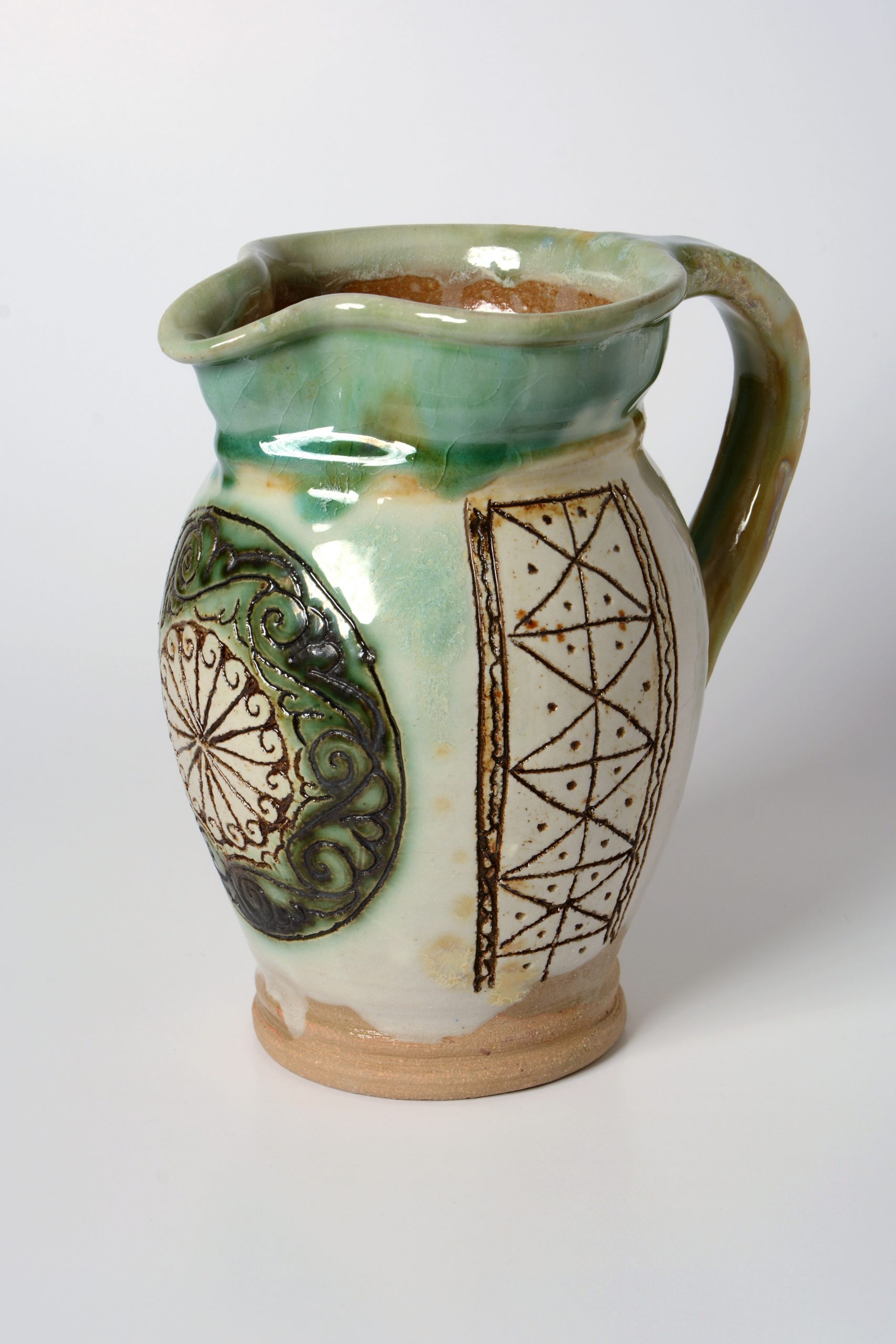

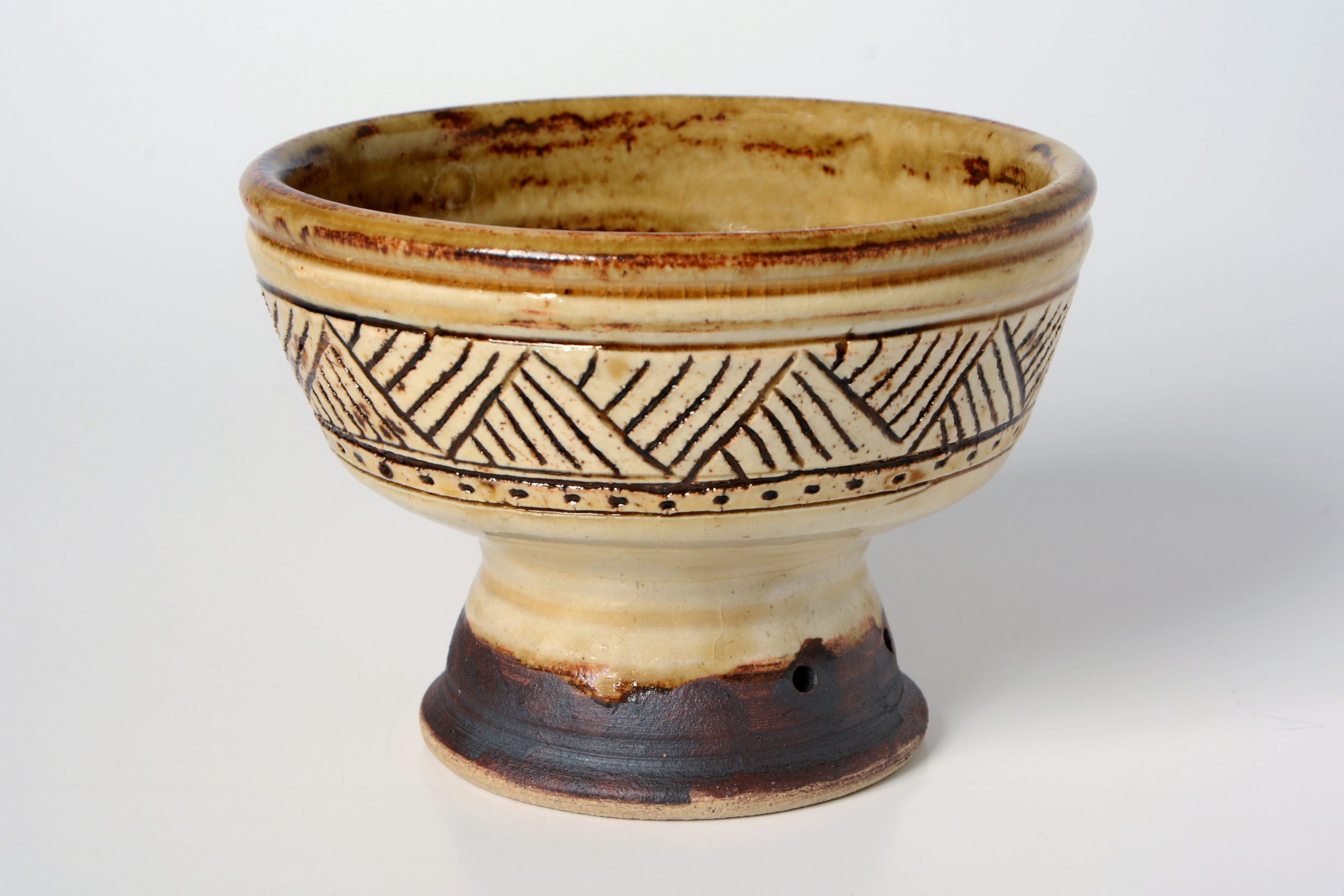
Archaeological Collection
The collection of prehistoric artefacts includes material remains from the period of the Neolithic, Bronze Age, and Iron Age. This covers an extensive period between the end of the seventh millennium BC and the Roman conquest of this area. The antique archaeological collection focuses in particular on the region’s history...
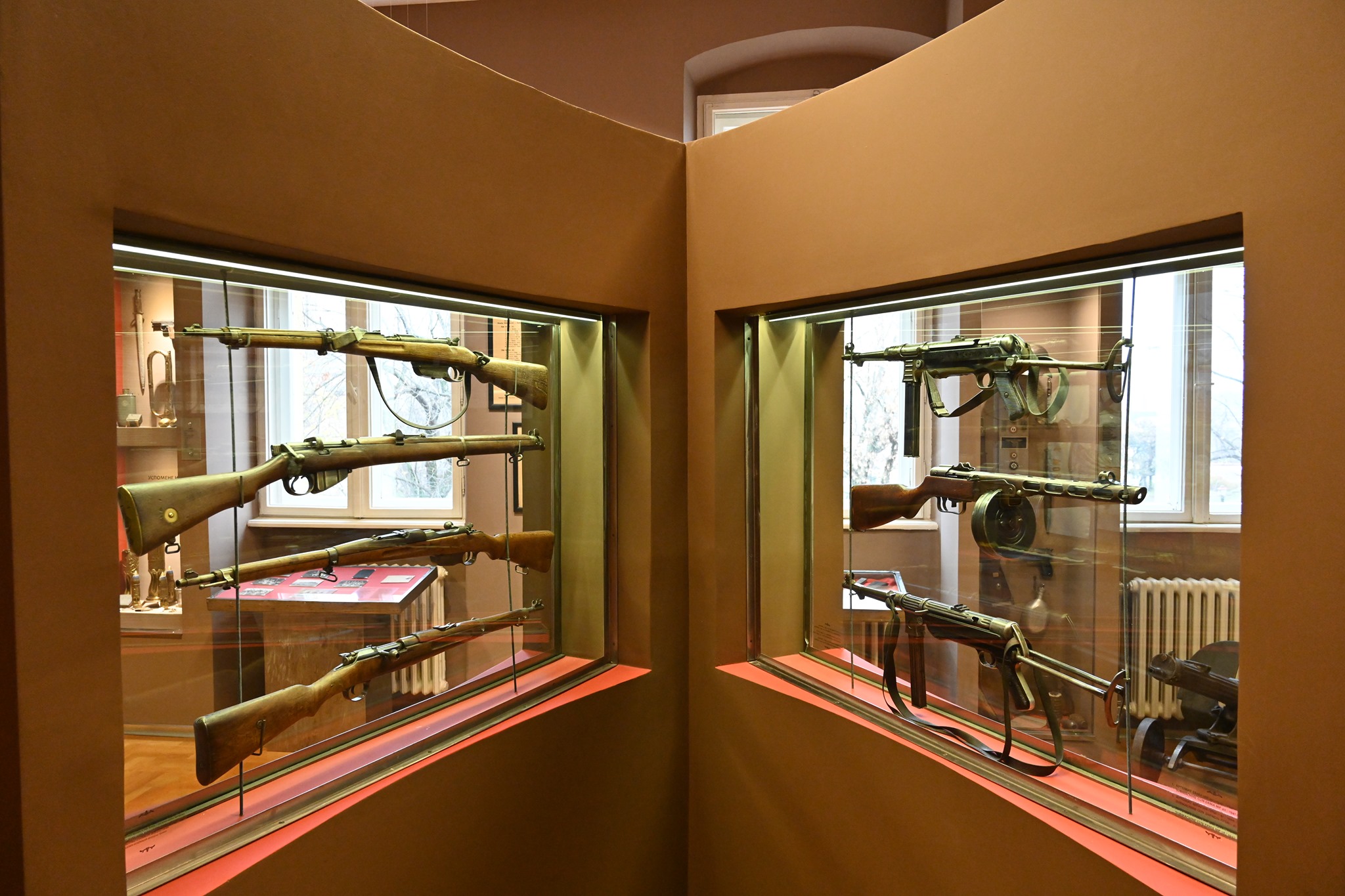
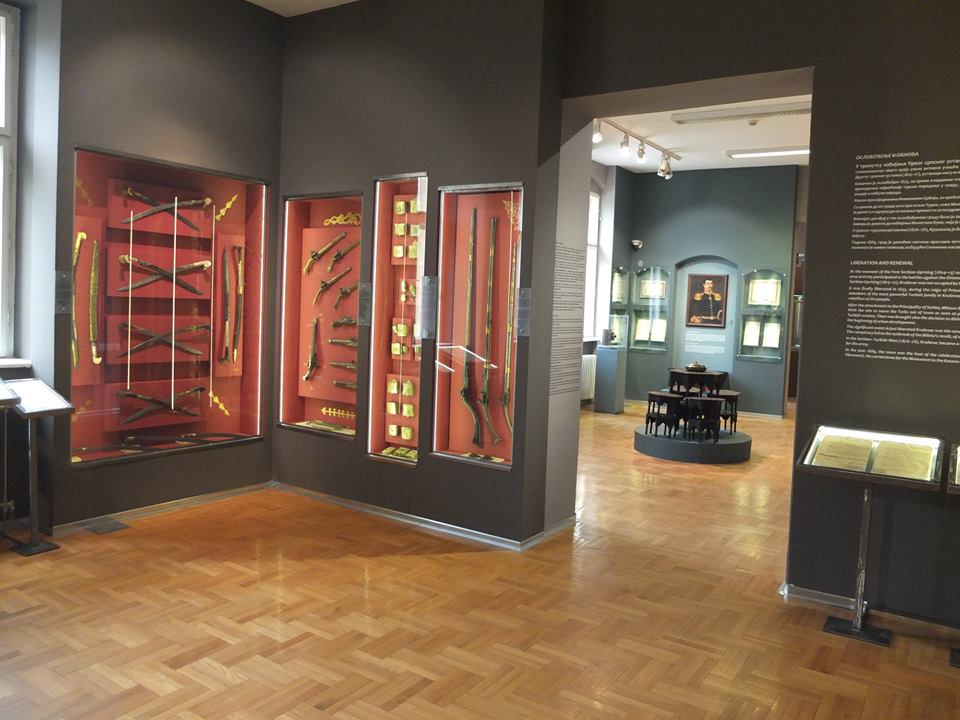
Historical Collection
At the same time as the National Museum of Kruševac was founded, work began to form the museum’s historical collection. This collection includes objects dating from the Middle Ages to the present day. The collection contains objects, photographs, and documents relating to the political, military, economic, and cultural life of...
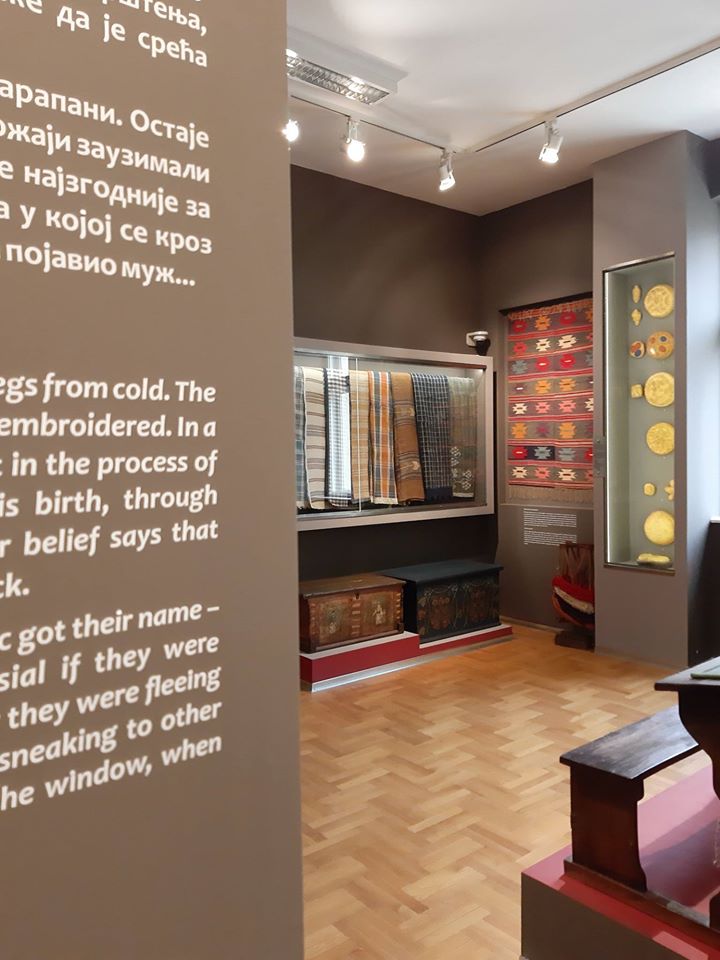
Ethnographic Collection
The formation of the ethnographic collection began with the foundation of the museum itself in 1952. In this year, the museum received one of its more valuable items of Serbian urban clothing. Known in Serbian as a “libade,” this is a type of ceremonial petticoat worn by the bride at...
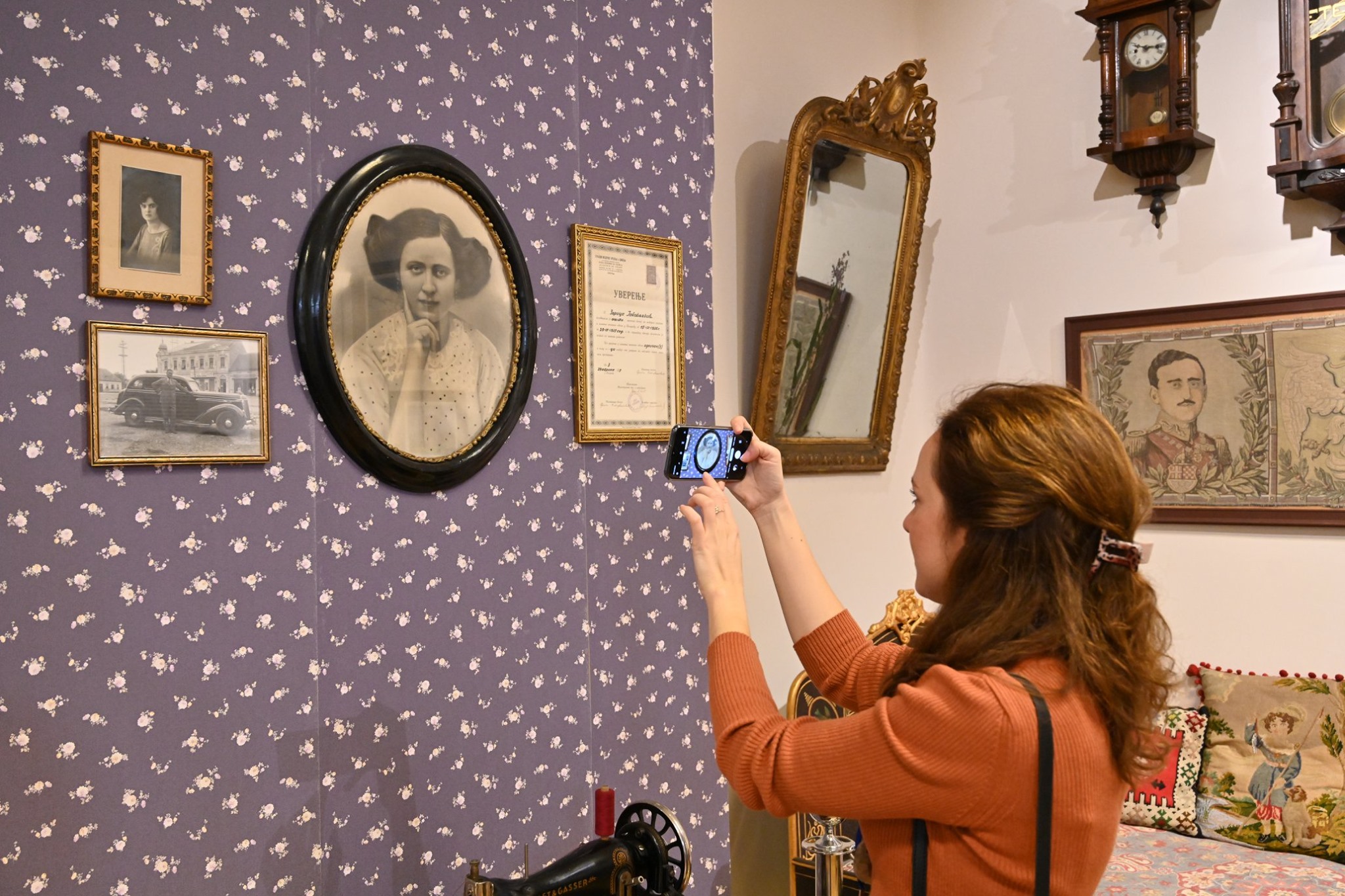
Cultural History Collection
The cultural history collection houses a range of artefacts that are exceptionally significant when studying historical and cultural events in the area of Kruševac. This collection is also testimony to the influence of Kruševac and pays homage to notable people from Kruševac through their political, military, and social actions, which...
Original note sheet of the march “To the Drina”
The composition “To the Drina,” also known as the “March to the Drina,” was composed by Stanislav Binički at the start of World War I, honouring the courage of the Serbian army and its victory in the Battle of Cer. Binički dedicated this work to his friend, commander of the...
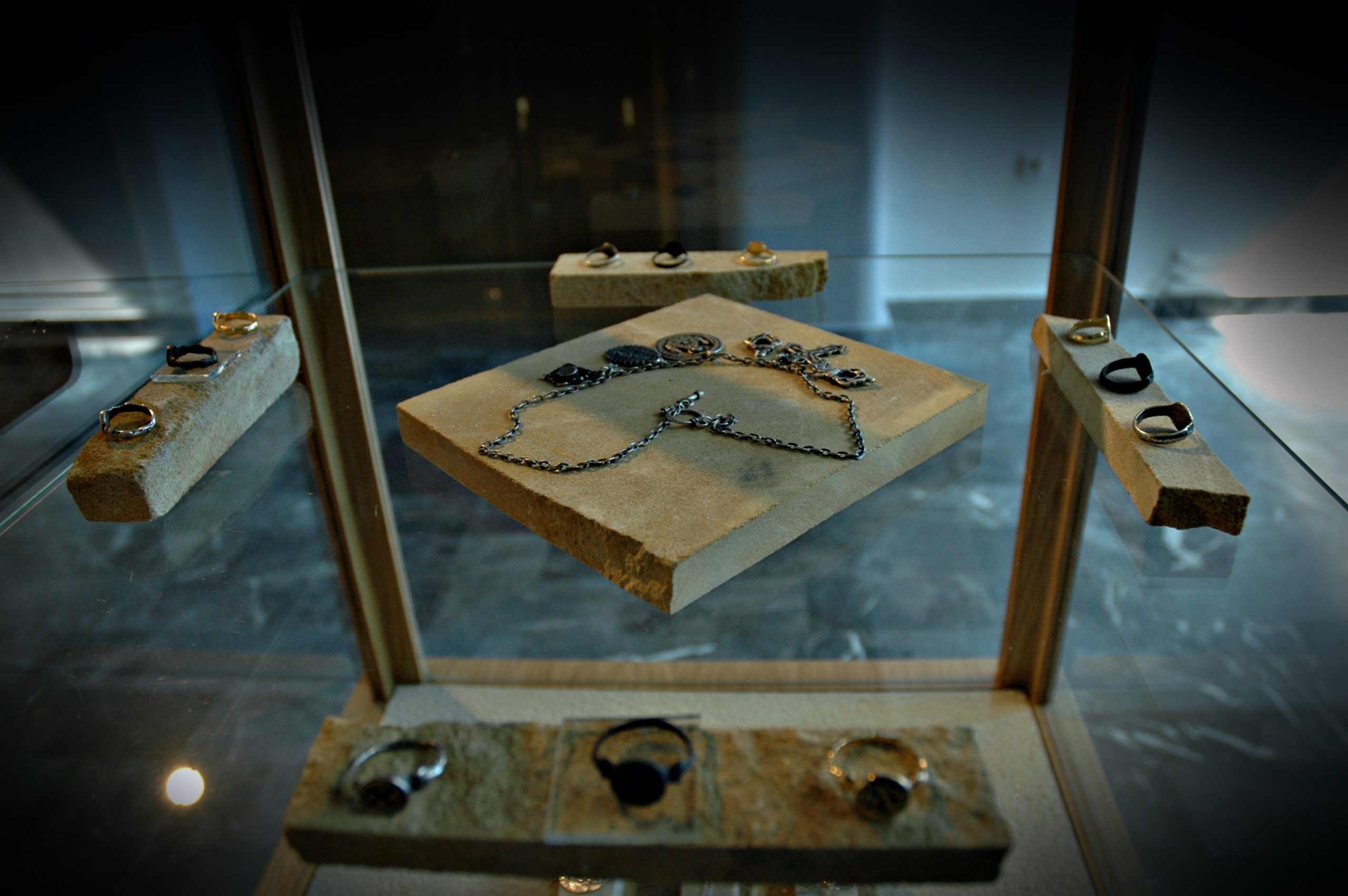
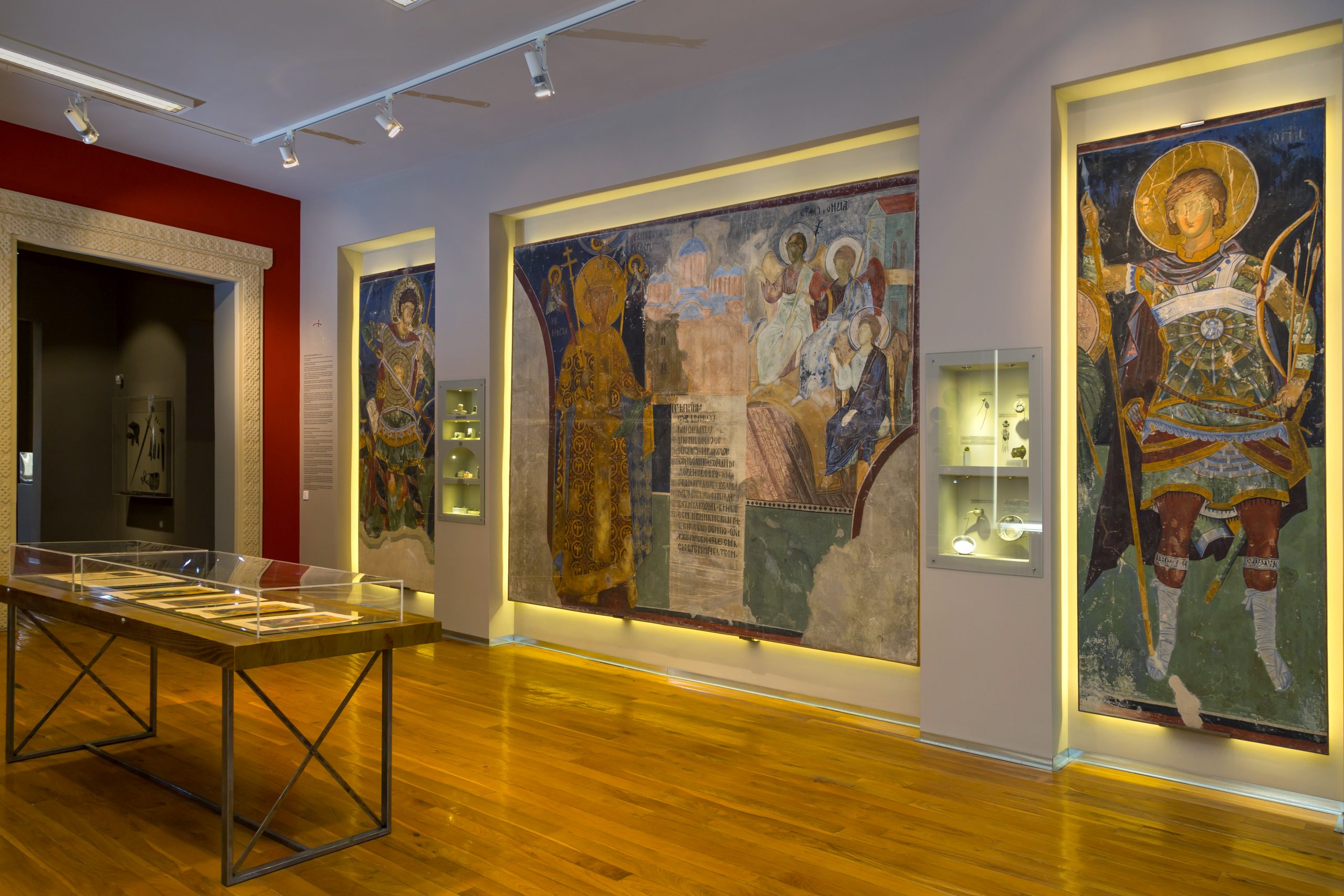
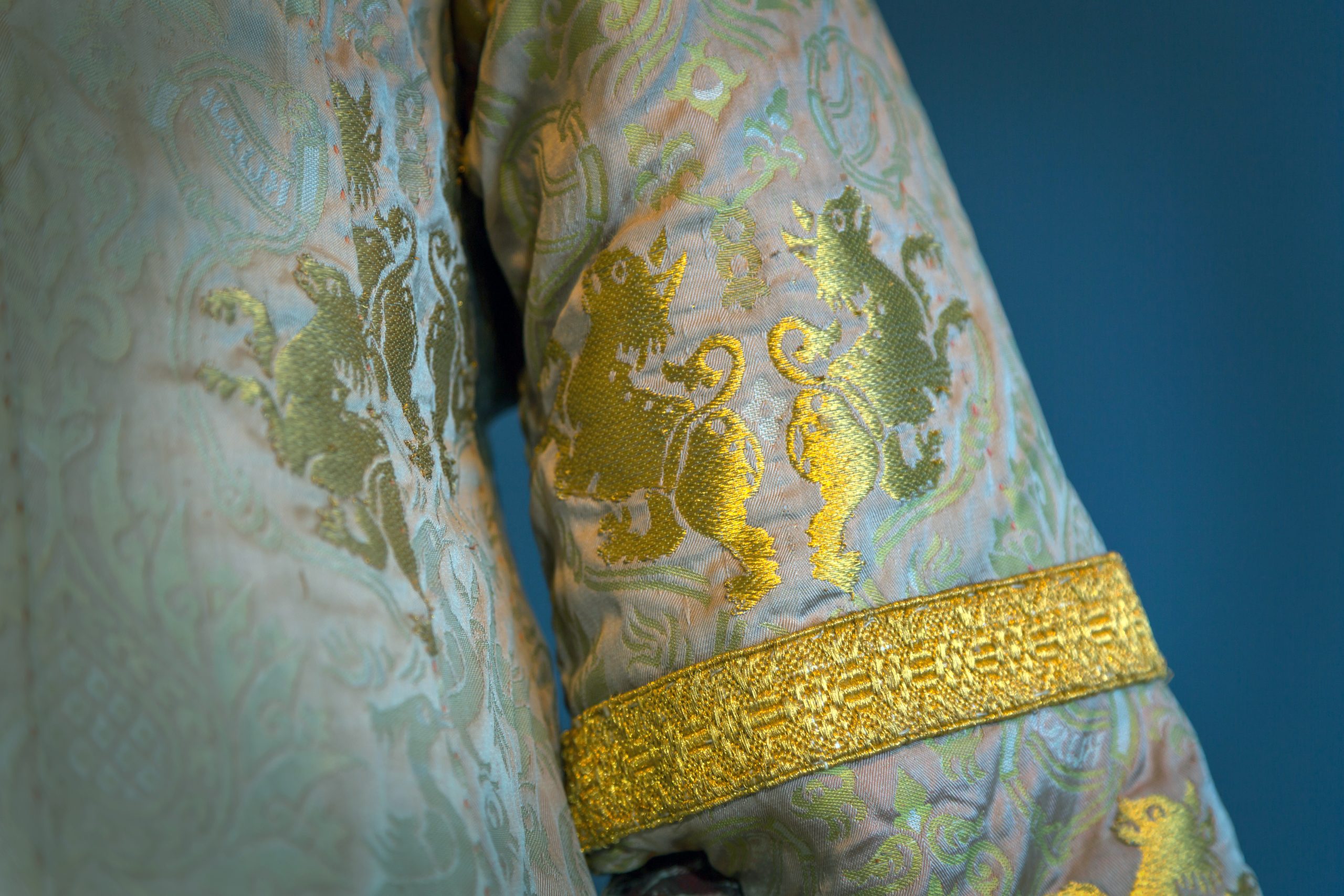
Collection of Applied Art
The base for forming the collection of applied art was the discovery of a series of objects the museum acquired as the result of archaeological excavations in the area of medieval Kruševac. These objects still represent the most important segment of the collection, which has been enriched over time thanks...
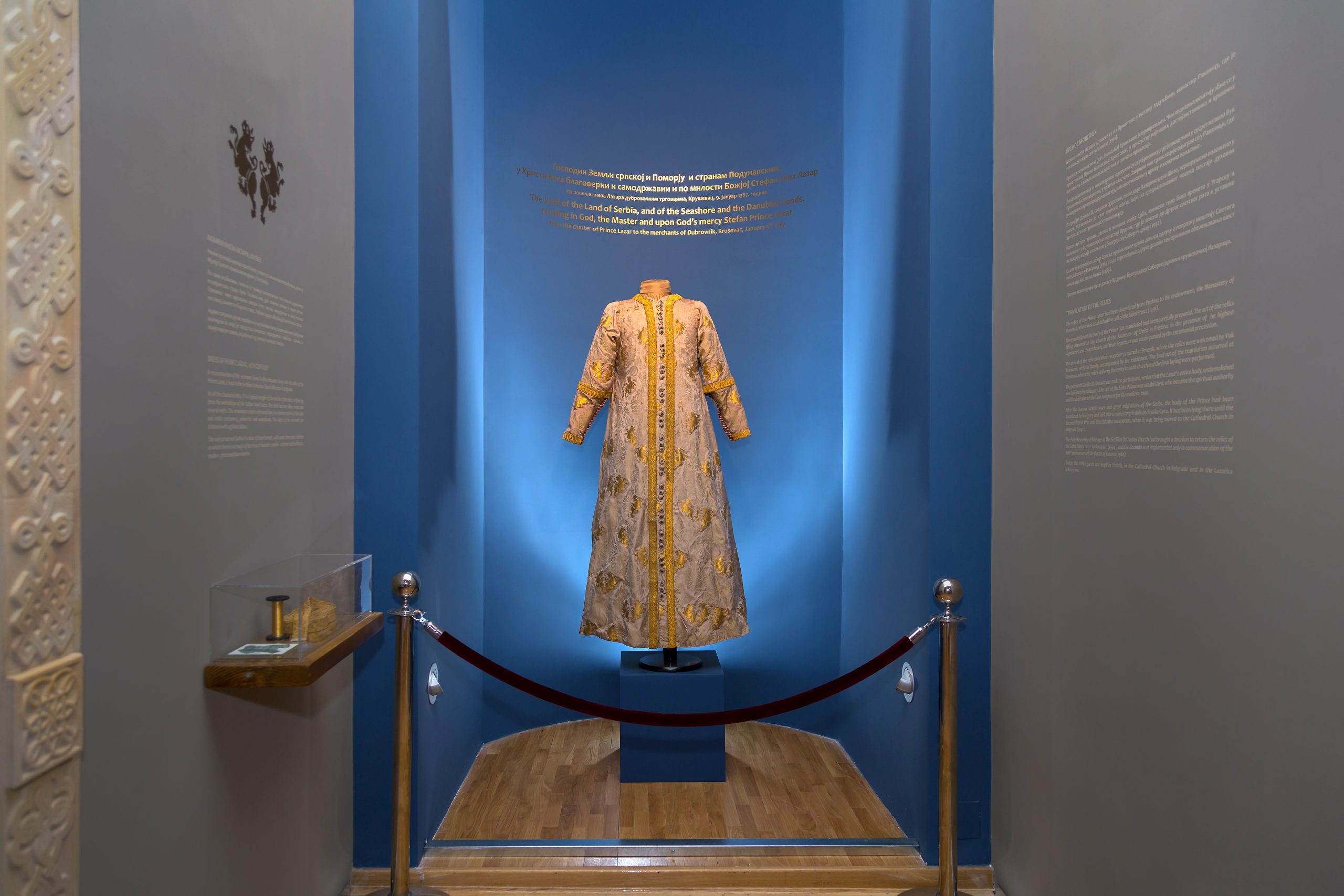
Replica of the dress of Prince Lazar, 14th century
The collection of applied art at the National Museum of Kruševac also includes a replica of the vestments found in Prince Lazar’s reliquary, along with the prince’s relics, which are today kept in the Serbian Orthodox Church Museum in Belgrade. By all its characteristics, this dress is a typical example...
Collection of Fine Art
The collection of fine art at the National Museum of Kruševac features a representative collection of works by artists spanning a wide range of periods. These works are of great significance for understanding the historical and modern trajectory of the Serbian artistic scene during the 20th century. The formation of...
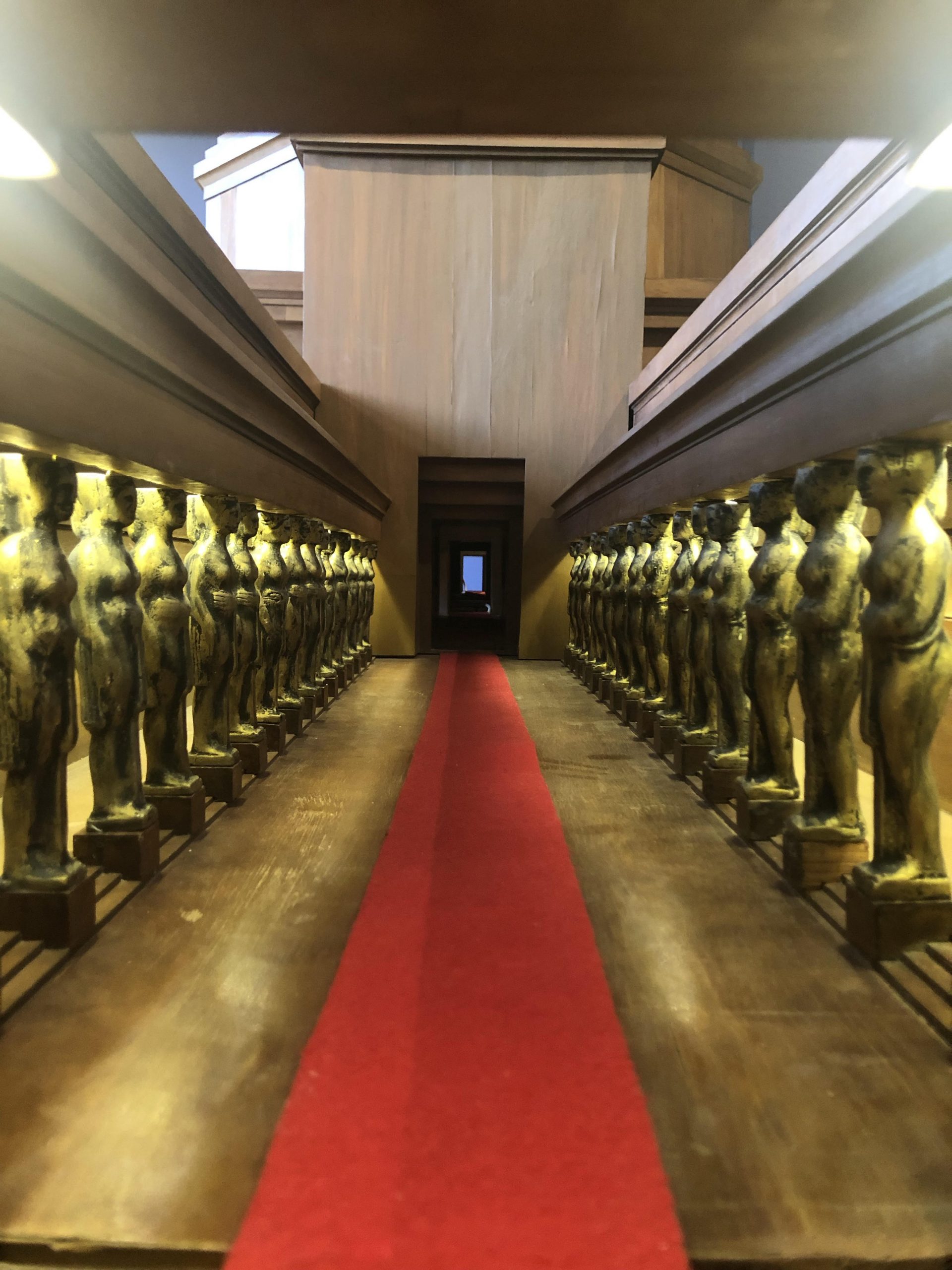
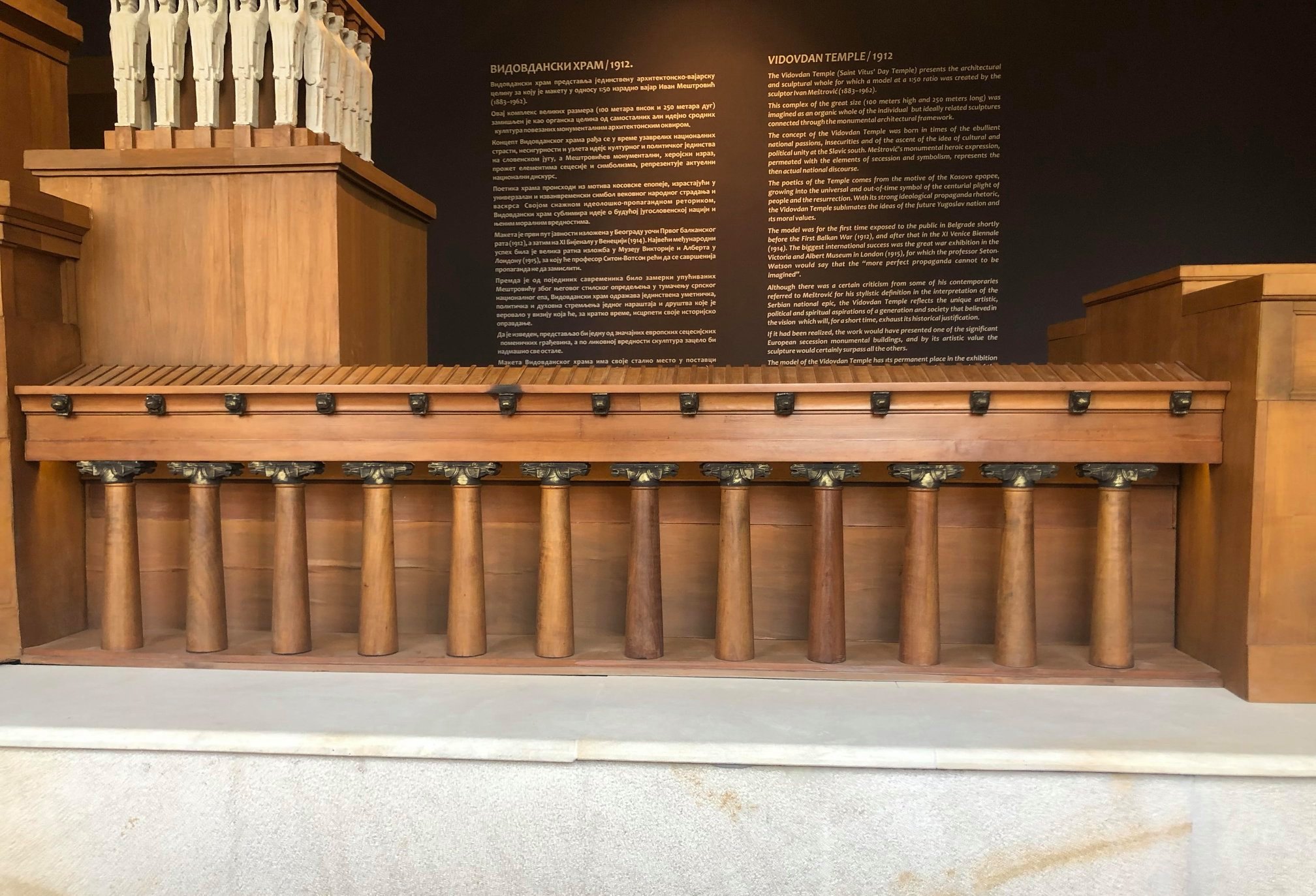
The Vidovdan Temple, 1912
The Vidovdan Temple (St. Vitus’ Day Temple) is a theoretical architectural marvel of which a 1:50 ratio model was created by sculptor Ivan Meštrović (1883–1962). The model was publicly exhibited for the first time in Belgrade in 1912, shortly before the beginning of the First Balkan War. Its biggest international...
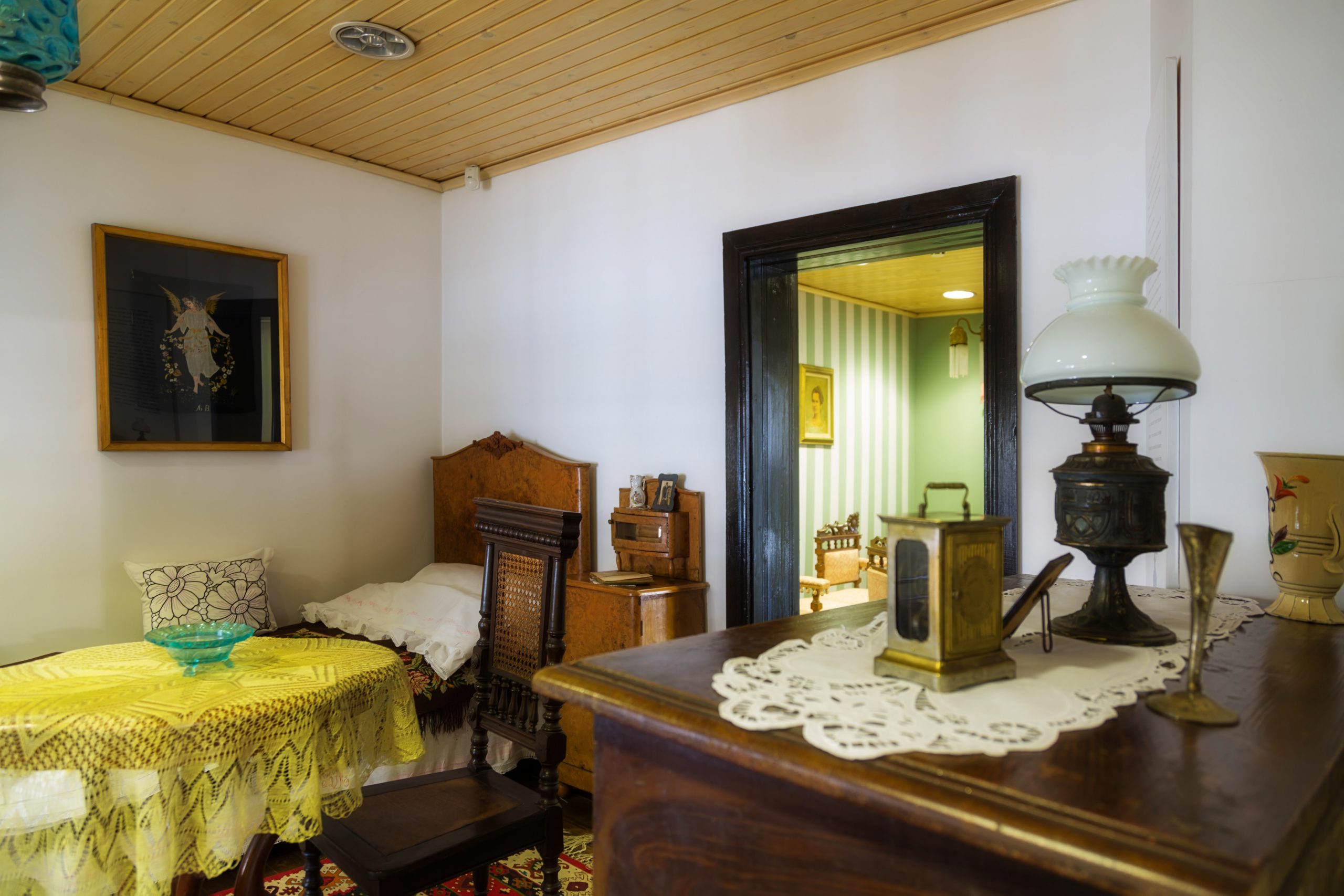 © Galerija Milene Pavlović Barilli
© Galerija Milene Pavlović Barilli
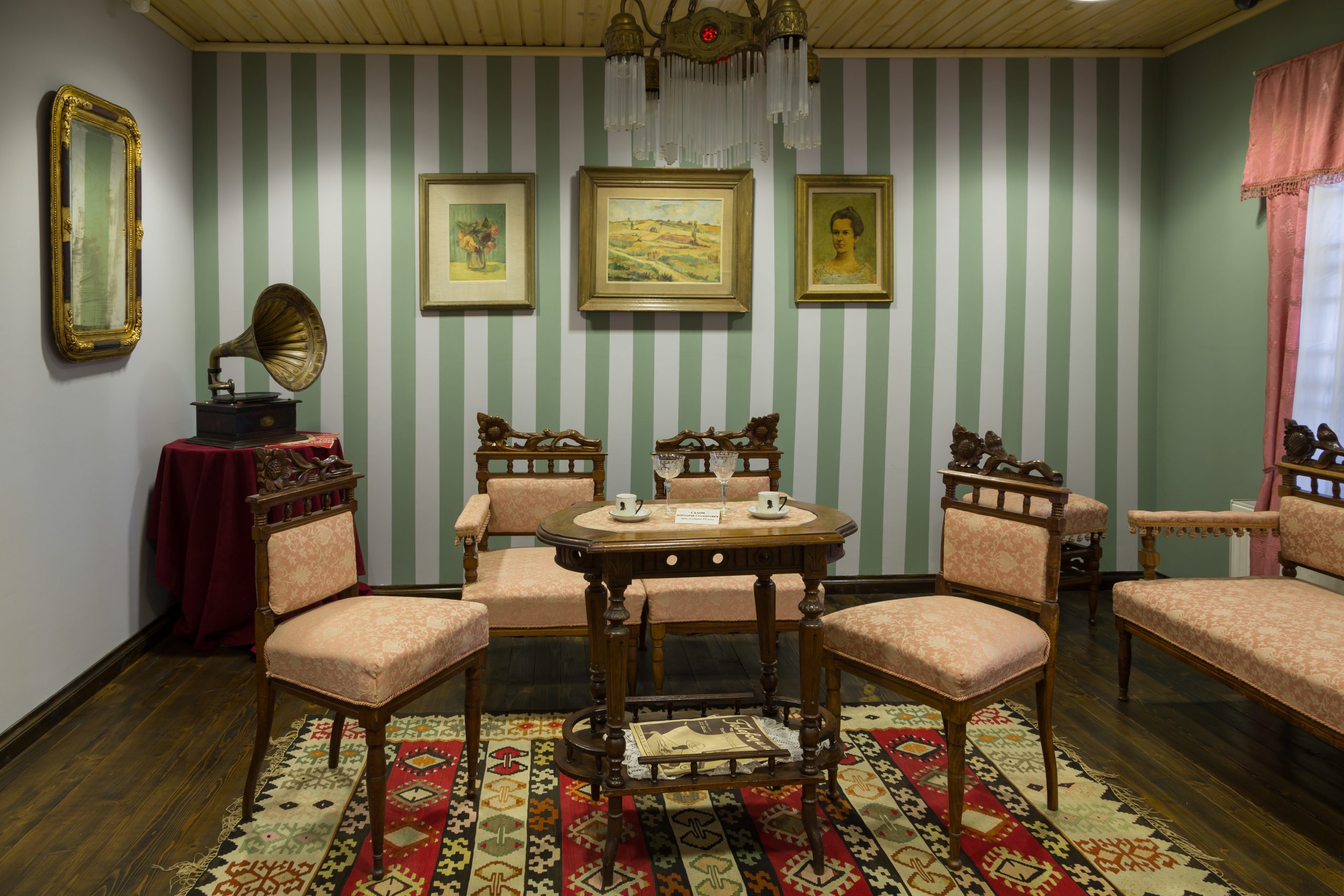
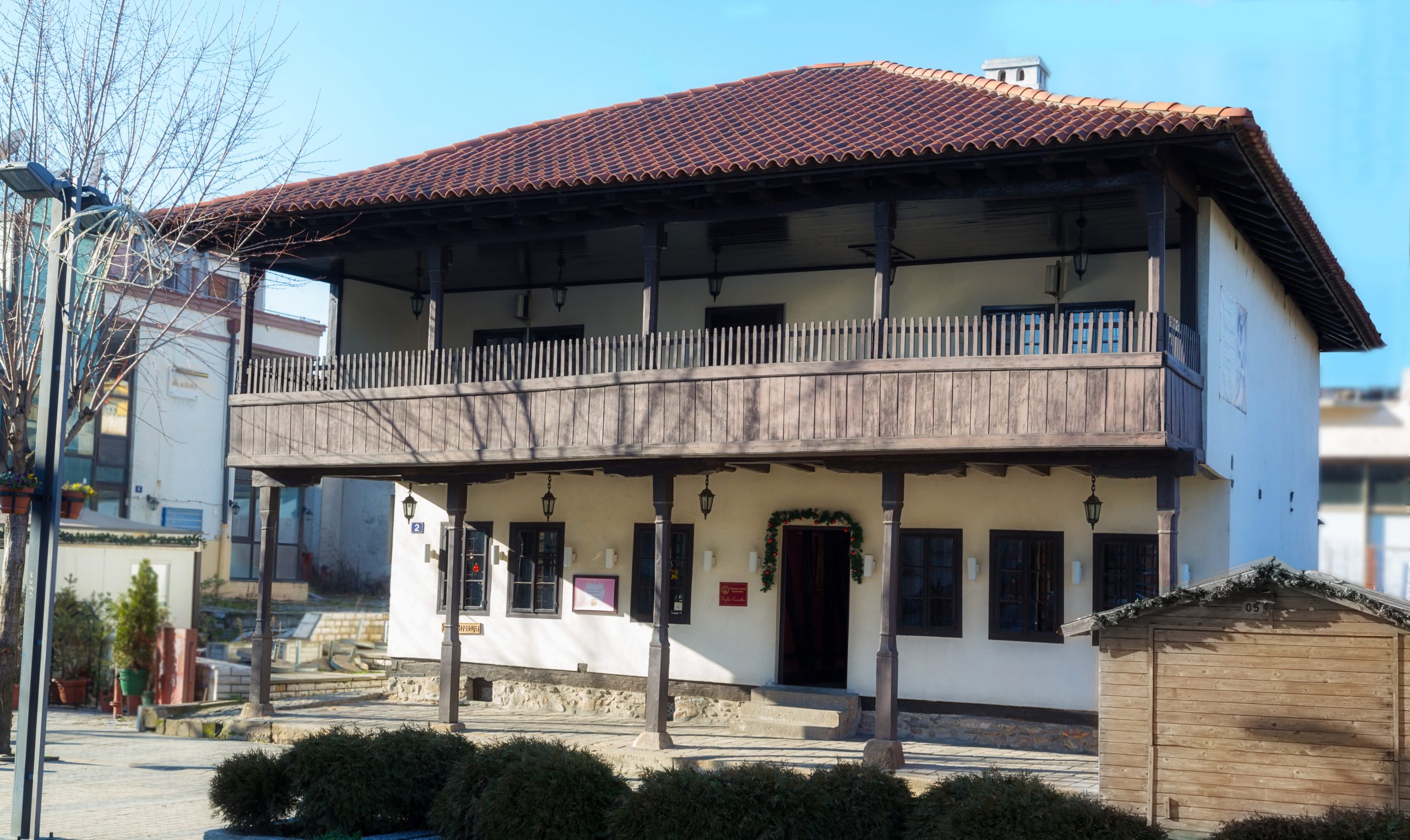
The House of Simić
Located in the very town centre, within easy reach of the Monument to the Kosovo Heroes, The House of Simić is one of the oldest preserved buildings in Kruševac. Through its architecture, it truly captures the oriental appearance of the former čaršija (in Turkish Çarşı, meaning downtown). With its regular...
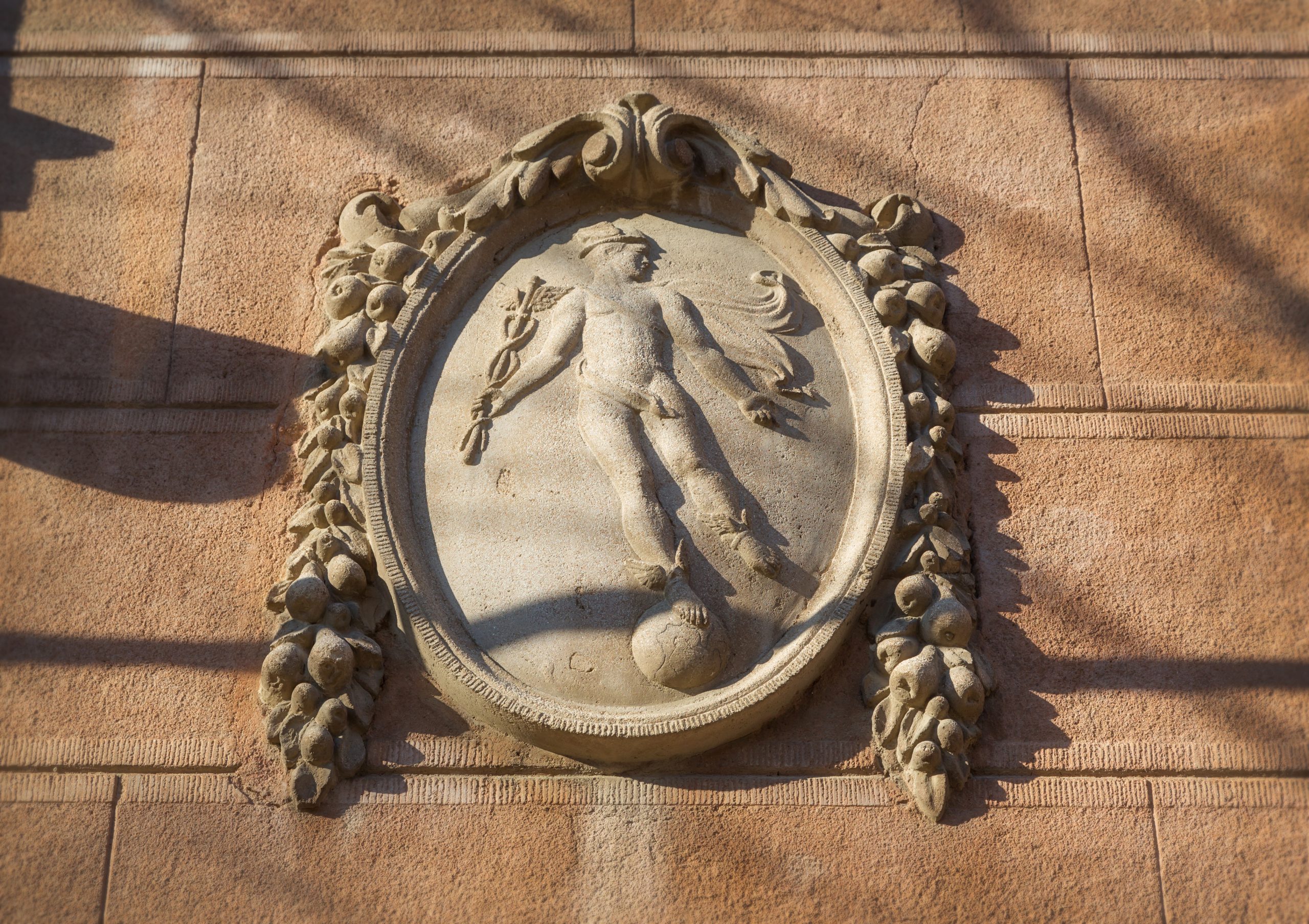
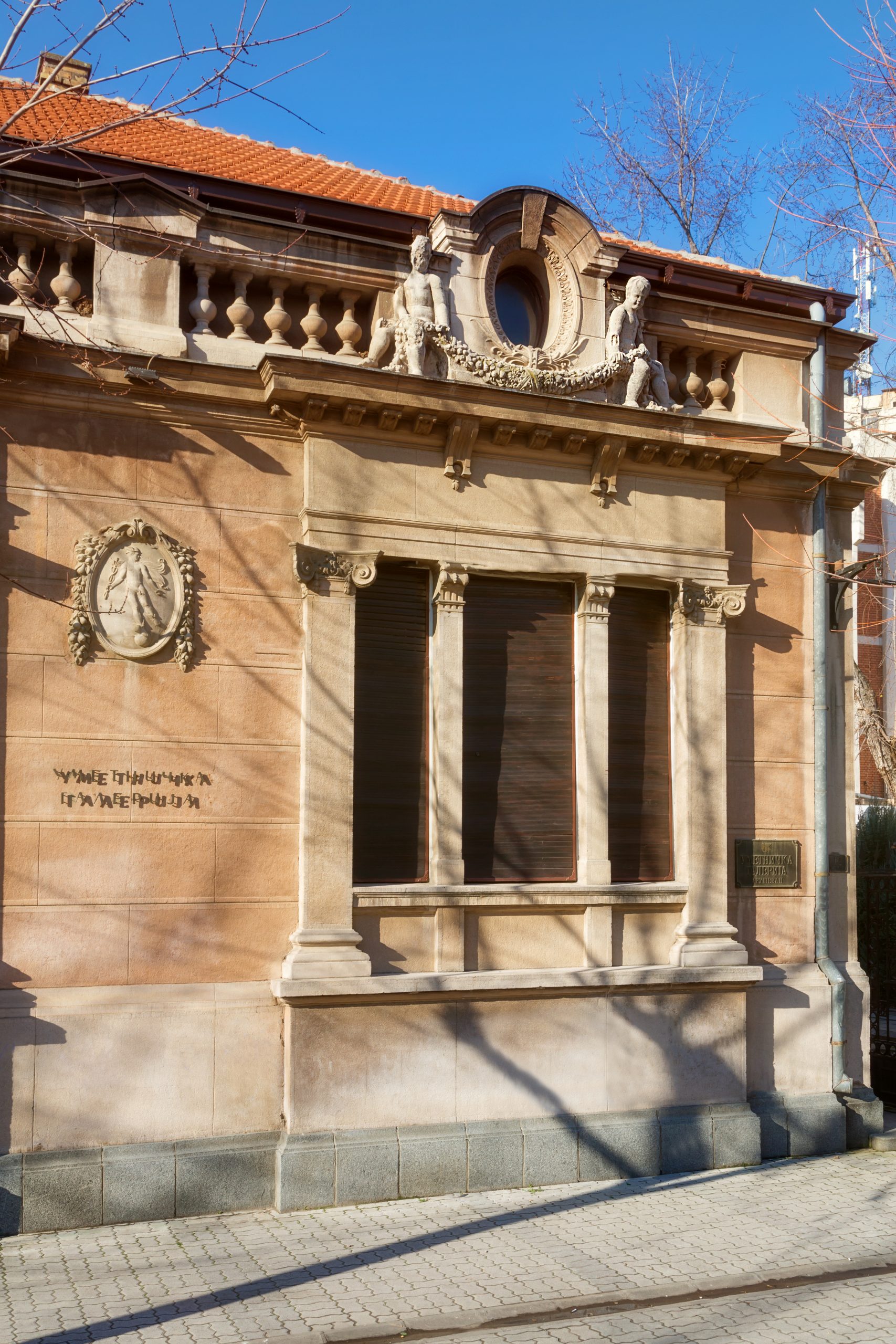
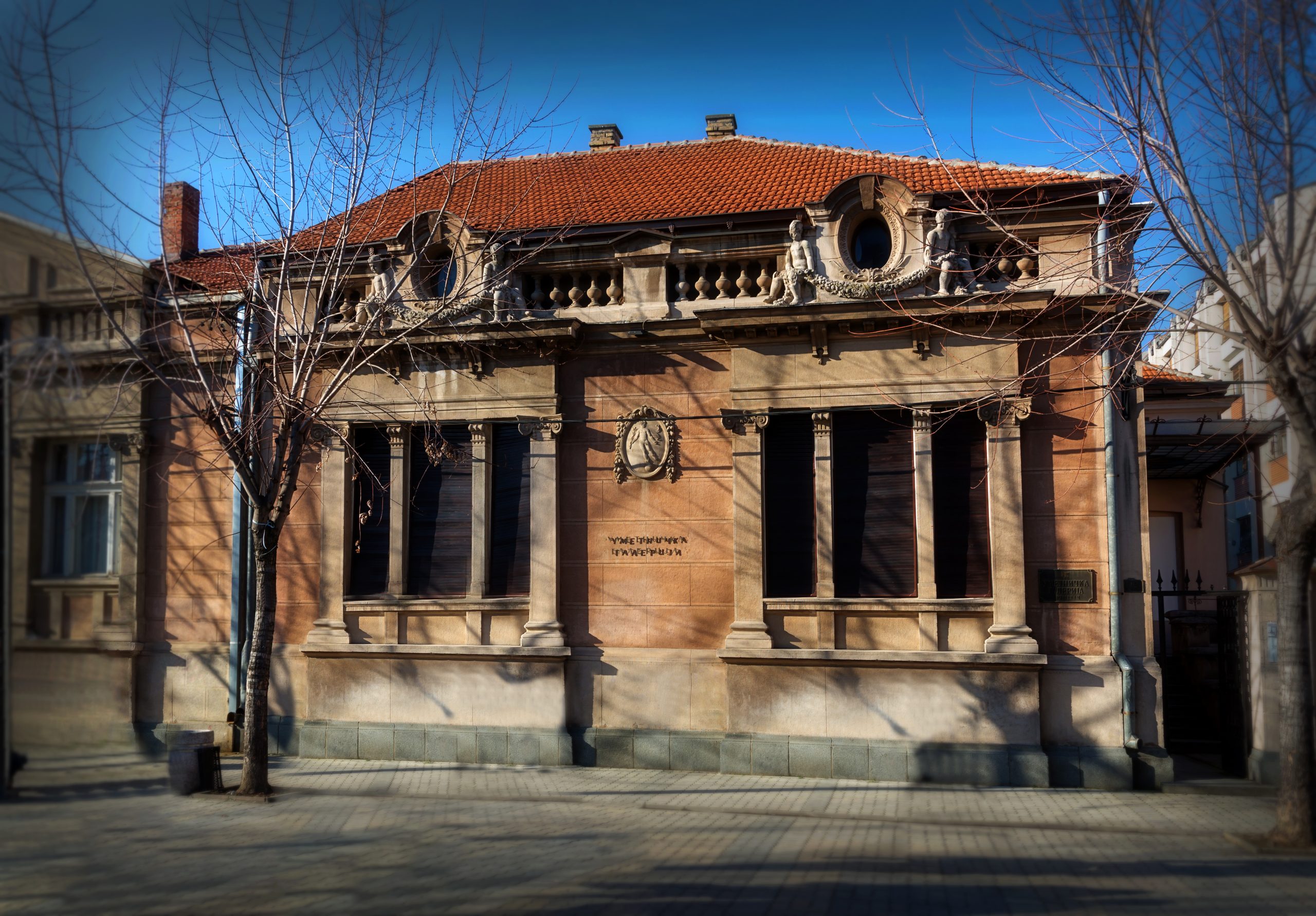
The Art Gallery
The Art Gallery in Kruševac was established to collect, exhibit, preserve, and research works that showcase significant artistic events and trends in the country, as well as artistic pieces originating in the town and its surrounds. Within the art gallery there is an expert library, which contains documentation relevant to...
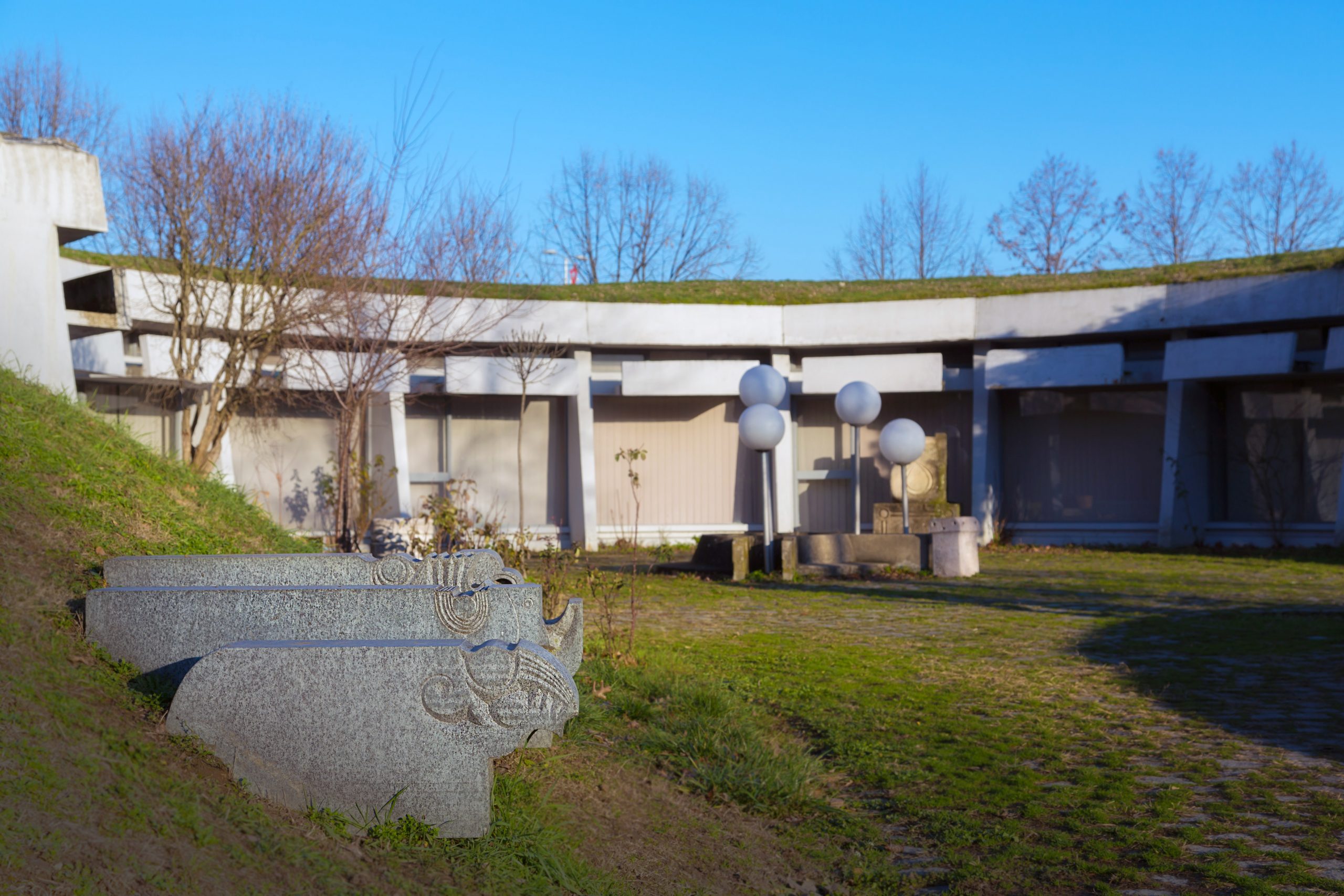
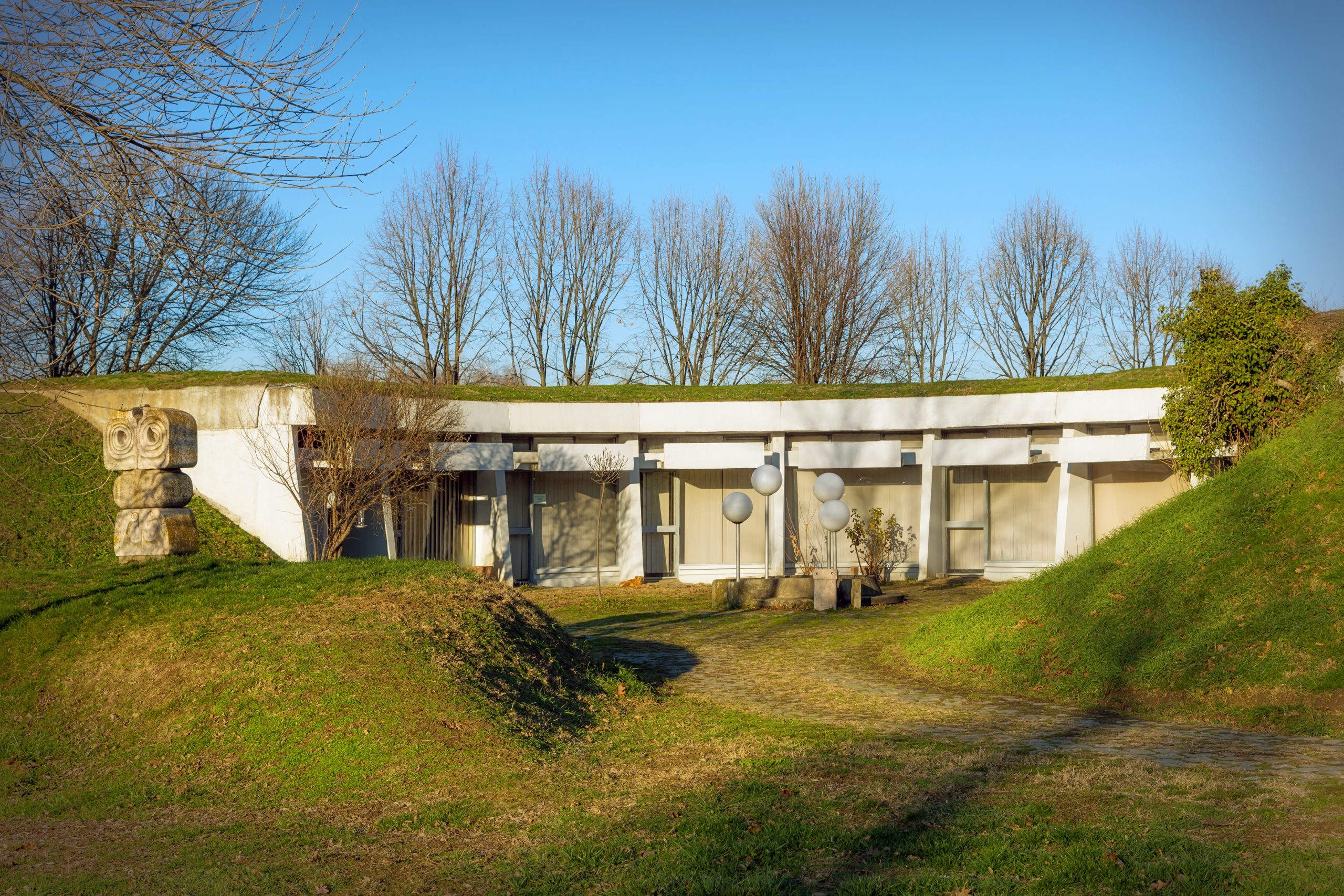
The Slobodište Memorial Complex
The Slobodište Memorial Complex was built on the southwestern town ridge on the site of a former camp where 1,650 civilians and patriots were executed by fascists. The area that was once covered by the camp is today home to the memorial complex and its mass graves. The central monument...